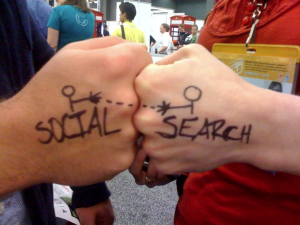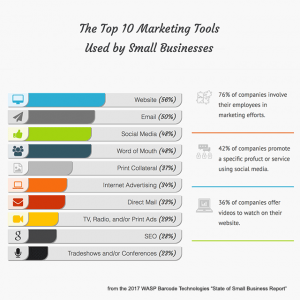 Let’s start with the basics of SEO. A search engine ranks for content relevance with traits like comprehensiveness, freshness and ease of use. It then serves up content based on a digital algorithm that is tested and refined by user interaction. Often, however, basic search is only a crude indicator of intent. It’s designed by the masses, and therefore it’s often wrong.
Let’s start with the basics of SEO. A search engine ranks for content relevance with traits like comprehensiveness, freshness and ease of use. It then serves up content based on a digital algorithm that is tested and refined by user interaction. Often, however, basic search is only a crude indicator of intent. It’s designed by the masses, and therefore it’s often wrong.
Enter the new wave of intent modeling. The next generation of search will be informed by social—sometimes referred to as social search. In other words, search engines will increasingly be driven by personal interaction such as voting, ranking, and commenting in order to better understand the intent of the reader. This social layer will add a new, personalized dimension to search results.
Social search is amplified by the fact that social content is on the rise. People are creating content as fast as they are consuming it. I first noticed this phenomenon a few years back while shopping for a Halloween costume. The leading organic search result was a Pinterest page. “Wow,” I thought, “How have brands missed this opportunity? Why didn’t Target or the Halloween Store do a better job finding the algorithm to pop into my reader?”
The fact is, it’s getting harder and harder for brands to compete with the power of the personal network. According to Search Marketing Land, a significant ratio of the top 100 results for more queries is consumer-generated media such as blogs and social networks. This is why social media is so important to brands. If you’re still focusing on outbound communications and search engine optimization without building a groundswell of social content, you’re likely losing in the war for online eyeballs.
So add social search to your kit of SEO and paid search. Building influencers, online communities, and social at scale is the new search. Forward thinking marketers are beginning to use social search to understand the social behavior of their clients and acting on it.
If social search is discovery, traditional search is the validation of that discovery. Brands are using social data to understand consumer intent and pushing out relevant data to consumers—before they even know they’re interested—by using sophisticated purchase intent models.
So tell me Google, what might I be interested in? No hints this time around. Or perhaps this is one for Watson?
(197)









